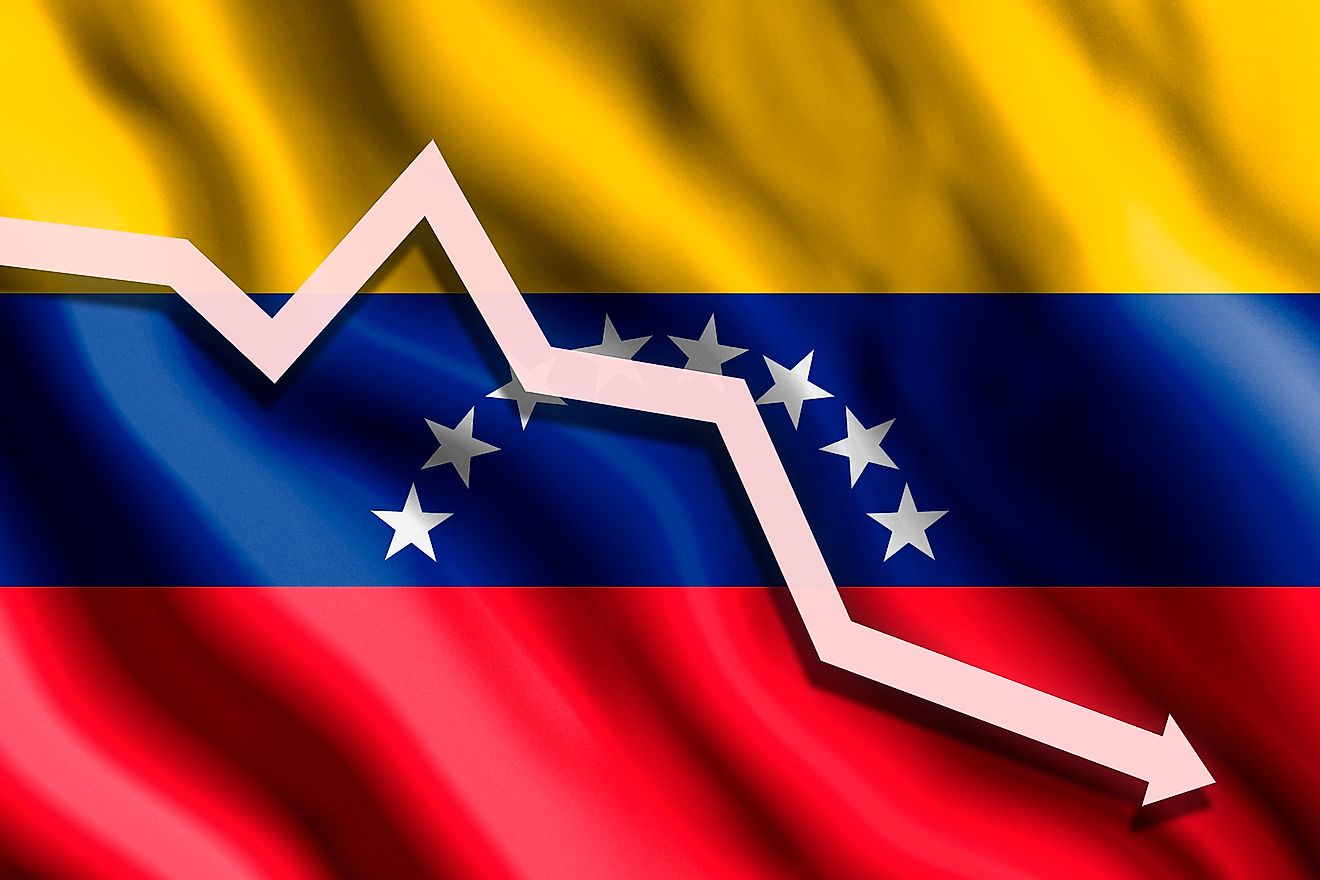
The Most and Least Fragile States
Each year, the Fund for Peace releases its Fragile States Index (FSI), which ranks nation-states all over the globe. The more fragile a state is, the more likely it is to collapse, while the least fragile states show stability and cohesion. Each state’s fragility ranking is determined by a range of political, economic, demographic, geographic, and social factors. The most fragile states (starting with Somalia at #1) rank highest, while the least fragile states (ending with Norway at #179) occupy the bottom of the list. This article highlights the four most fragile and four least fragile states according to the 2023 Fragile States Index rankings.
#1 (Most Fragile): Somalia
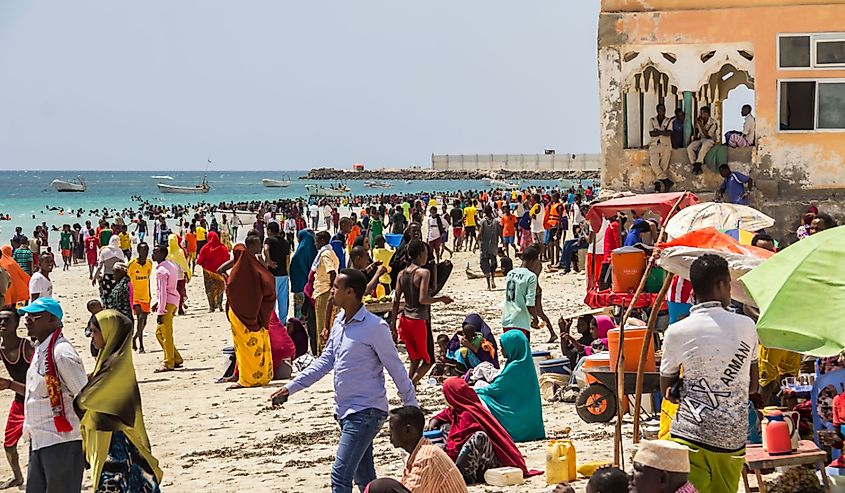
Somalia, located in the Horn of Africa, has a population of about 12.7 million and has been an independent nation since 1960. Unfortunately, Somalia has been in near constant turmoil over the past 30 years, and has been ranked the #1 or #2 most fragile state every year since 2008. With decades of ongoing civil war and factional violence, Somalia has a barely-functioning central government that lacks control over large areas of the nation’s territory. The economy is in shambles, social services are largely nonexistent, and there are huge numbers of internal refugees seeking to escape violence. Sadly, Somalia is likely to be at or near the top of the FSI list for years to come.
#2: Yemen
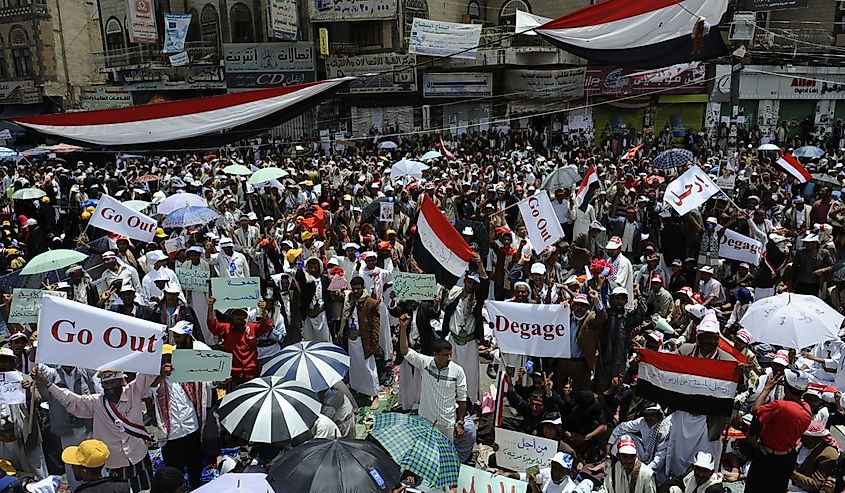
Situated across the Gulf of Aden from the most fragile state, Somalia, Yemen is second on the FSI list because of an ongoing political crisis (starting about 2011) that has devolved into a destructive civil war. Positioned at the southern end of the Arabian Peninsula, Yemen has some of the most fertile land in the Middle East, yet is in the midst of a humanitarian crisis with mass starvation. Regional powers Saudi Arabia and Iran support opposite sides in the Civil War, exacerbating the situation for everyday Yemenis. Yemen’s economy has collapsed due to the civil war. If political stability can be restored, perhaps Yemen can rebound to its pre-2011 situation, when it ranked in the #15-#25 FSI range.
#3: South Sudan
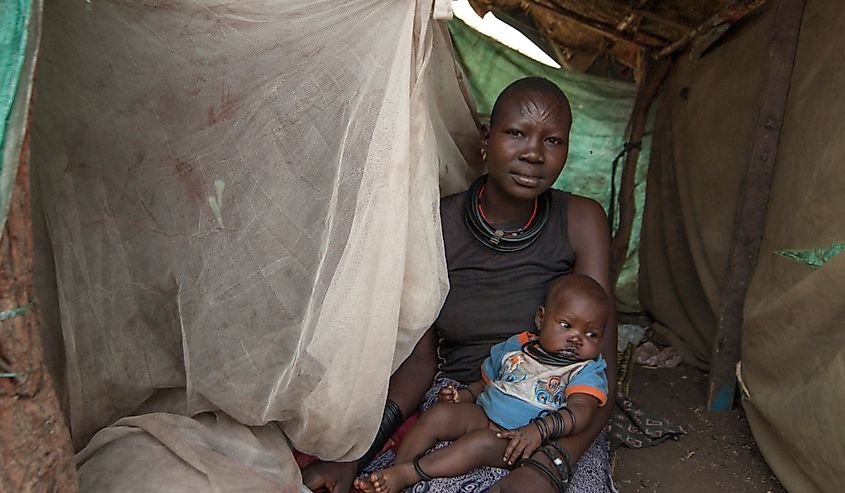
One of the youngest widely-recognized states on earth, South Sudan declared its independence in 2011 after decades of conflict as part of Sudan in eastern Africa. Sadly, independence has not brought stability to South Sudan, which has undergone several political reorganizations, coups, and civil war during its 12 years of existence. South Sudan has one of the world’s least developed economies, which exacerbates the multiple refugee crises that the nation faces. While it can be difficult to find positives in South Sudan’s current situation, its population of 12 million is one of the youngest in the world, which opens the possibility of future economic growth if political stability can be established.
#4: Democratic Republic of the Congo
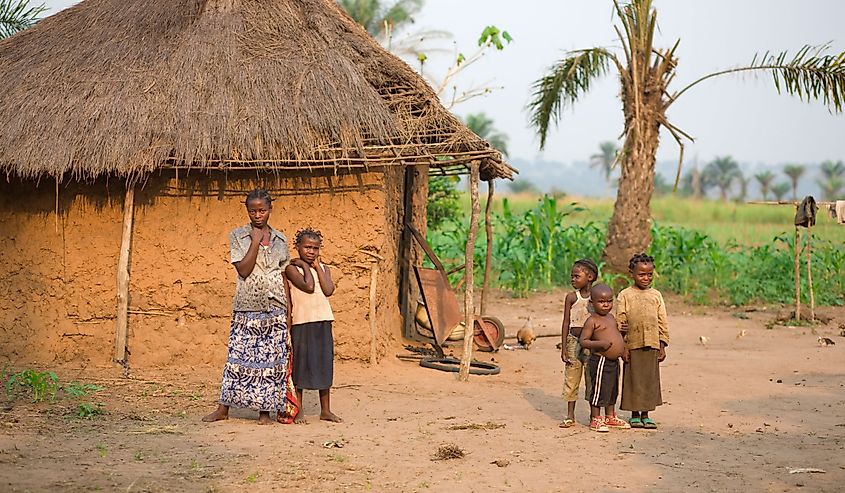
The Democratic Republic of the Congo (DRC), not to be confused with the neighboring Republic of the Congo, takes up a huge swath of central Africa: it is the second largest nation on the continent and the 11th largest on Earth. Formerly called Zaire, the DRC also has one of Africa’s largest populations, at 112 million. Despite its size and population, however, the DRC has been among the top eight most fragile states in the FSI rankings every year since at least 2006. On the positive side, the DRC is rich in natural resources, but political instability and economic mismanagement have plagued the nation since its independence from Belgium in 1960.
Selected States (#5-#175):
Egypt (#50)
Russia (#53)
Brazil (#71)
India (#73)
China (#101)
United States (#141)
United Kingdom (#148)
Japan (#161)
Germany (#166)
Canada (#173)
#176: New Zealand
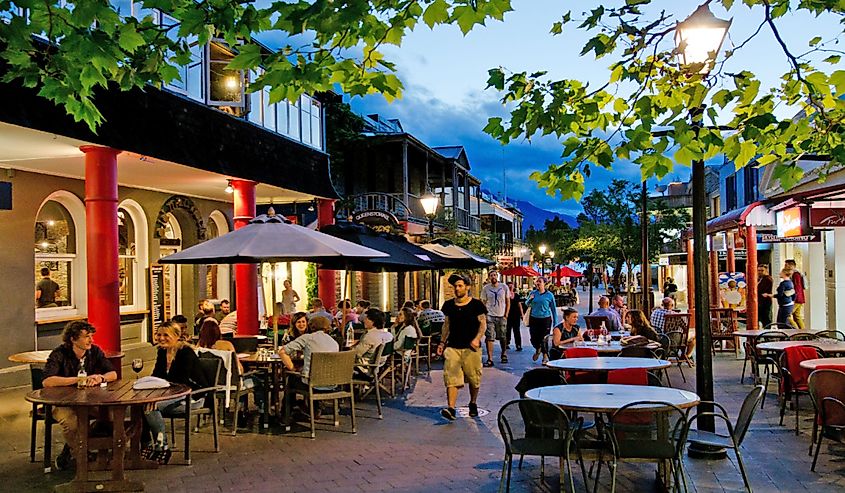
New Zealand, made up of two larger islands and over 700 smaller islands in the southwestern Pacific Ocean, is one of the most geographically isolated nations on Earth. With a population of just over 5 million, New Zealand has one of the lowest population densities on the planet as well. That said, New Zealand has ranked #169 or above in the FSI rankings every year since 2007, making it one of the most stable nations on Earth. New Zealand ranks particularly high in factors such as human rights, state legitimacy, external intervention, and public services. The nation’s economy continues to grow and diversify, and it is likely that New Zealand will maintain a “least fragile” status for years to come.
#177: Finland
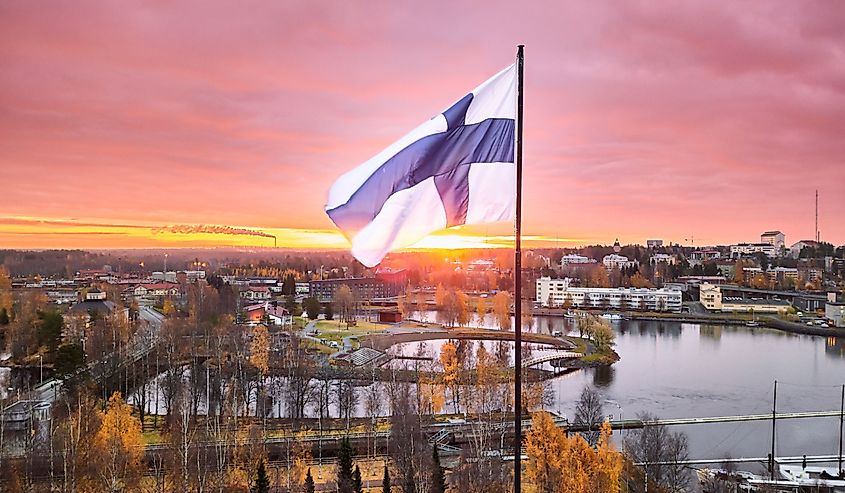
Starting with Finland, the three least fragile states on the FSI rankings are Nordic countries in northern Europe. While not technically part of Scandinavia, Finland shares many cultural similarities with its Scandinavian neighbors Sweden and Norway, the latter being the least fragile state according to FSI. Finland also borders Russia, causing the potential for instability, but otherwise the nation is a model for social stability and trust in government. The nation set aside its longstanding policy of neutrality in 2022-2023 to join NATO in the wake of Russia’s invasion of Ukraine. Finland’s 5.6 million residents enjoy a robust market economy and generous social services, making them some of the happiest citizens in the world.
#178: Iceland
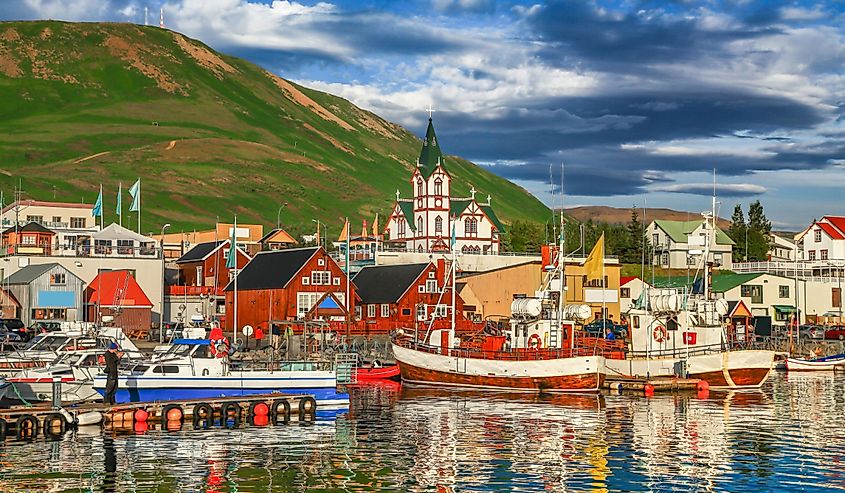
Iceland is a Nordic nation along with Finland, Norway, Denmark, and Sweden, but it is an island located in the North Atlantic between Europe and North America. Due to its isolation, Iceland’s people engaged largely in agriculture and fishing until the 1950s, but the economy has rapidly modernized and grown in recent decades. Despite having one of the smallest populations among independent states (390,000), Iceland now boasts one of the highest standards of living among all nations, with exceptional rankings for safety, political stability, and citizen satisfaction. As befitting Iceland’s political stability, its legislature, the Althing, has existed for over 1,000 years and is considered the oldest in the world.
#179 (Least Fragile): Norway
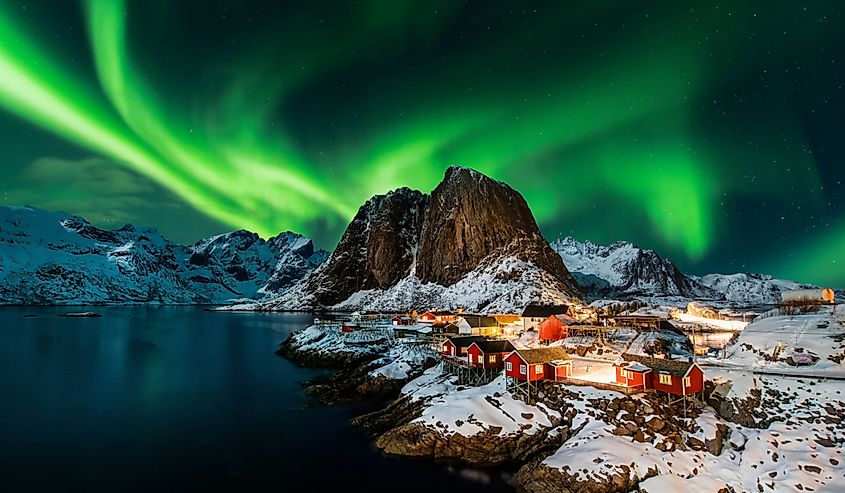
While fellow Nordic nations Iceland and Finland make it a close competition, Norway earns the crown as the least fragile state on Earth according to the 2023 FSI rankings. A long, thin, mountainous nation along the western coast of the Scandinavian Peninsula, Norway shares a long border with Sweden and shorter borders with Finland and Russia. Like other Nordic countries, Norway enjoys a robust economy that provides generous social welfare benefits to its 5.5 million residents. Large offshore oil and natural gas deposits contribute greatly to Norway’s economy, but it has continued to diversify and grow in recent years. It is very likely that Norway will be in the “least fragile” competition for a long time to come.
Conclusion
According to the 2023 FSI rankings, three of the four most fragile states are located in Sub-Saharan Africa, while three of the four least fragile states are Nordic nations in Europe. Factors like geography and history—particularly histories of colonialism and resource exploitation—obviously play a large role in state fragility. Unfortunately, most states in the “most fragile” category seem likely to remain there for the foreseeable future, since there is relatively little change in the rankings year-to-year.







